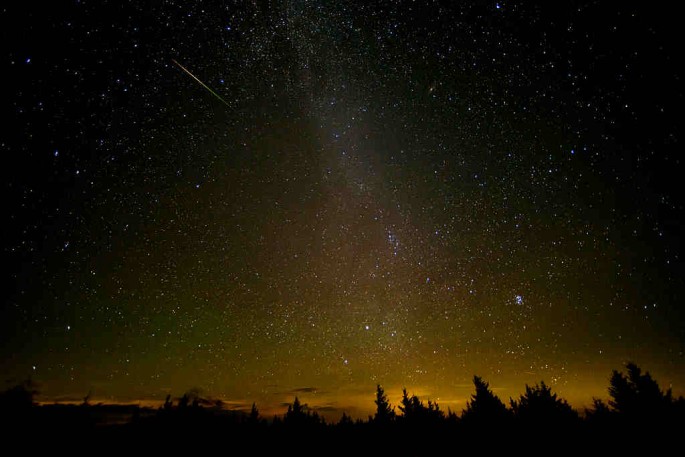This year promises to be an exciting one for those who love to look up the sky. Fantastic astronomical events are lined up for 2017 from the traditional meteor showers, planetary formations and anticipated eclipses.
ABC News runs down these events as follows:
February 11: Comet 45P/Honda-Mrkos-Pajdusakova (HMP)
Before heading into the outer solar system after rounding the sun last month, Comet 45P/HMP will swing by Earth will be at its closest point, 7.7 million miles at dawn of February 11. It will appear zipping across the Aquila and Hercules constellations.
February 26: Annular solar eclipse
An annular solar eclipse occurs when the disk of the moon is too small to cover the entire sun, according to National Geographic . The eclipse will be visible in the Southern Hemisphere where the sun will appear like a 'ring of fire'. The eclipse path starts over the Southern Pacific Ocean and will cross South America, ending in Africa.
March 29: Crescent moon forms a triangle with Mercury and Mars
Mercury, because of its close proximity to the sun is usually very hard to spot but after sunset on March 29, the innermost planet will be at its farthest from the sun making it easier to catch. Our crescent moon will form a triangle with Mercury at its lower right and Mars above them.
April 10: Our moon meets Jupiter
As the sun sets in the west on this night, our full moon together with Jupiter will rise in the east. The largest planet in the solar system is also expected to appear brighter than usual during this event because it would have reached its opposition and will appear in our skies at its biggest and brightest for the entire 2017.
August 21: Total solar eclipse
This can arguably be the most anticipated celestial event of the year in the United States: a total solar eclipse. The last one occurred in North America 1979 and this year's eclipse will cross the continental US from coast to coast. The next total solar eclipse on this side of the Northern Hemisphere will be in 2024.
November 13: Venus joins Jupiter
On the dawn of November 13, 2 of the brightest object in the sky will appear at their closest conjunction. Venus and Jupiter will appear to be separated by only 18 arc minutes, or according to National Geographic, just the same size of our half-lit moon on that day. They will appear before sunrise and will be battling with the glare of the morning light.
December 6-19: Geminid meteor shower
On this week the Geminids will reach its peak at the same time when there will be a crescent moon. Considered as one of the most prolific meteor phenomenon, Geminid shows 60 to 120 shooting stars per hour at its peak. It's also reported that the best viewing time in on the predawn hours on December 14.



























